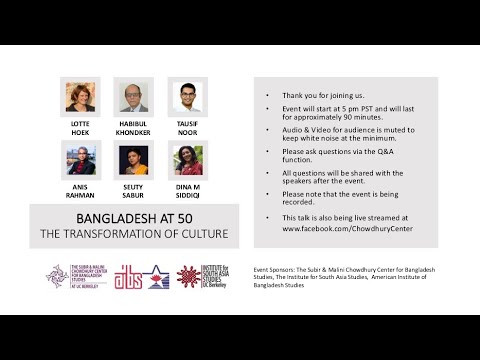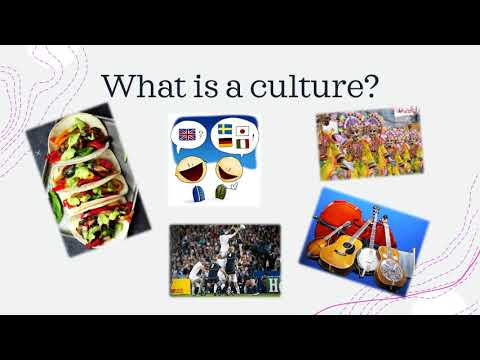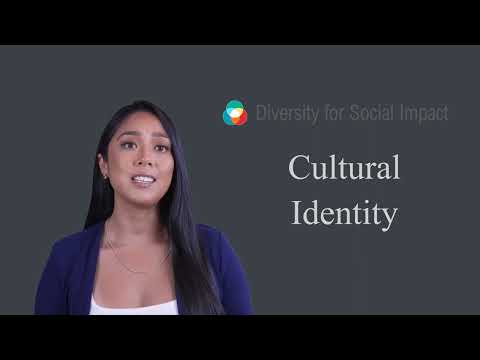Understanding The Vibrant Culture Of Bangladesh: Language, Customs, And Traditions
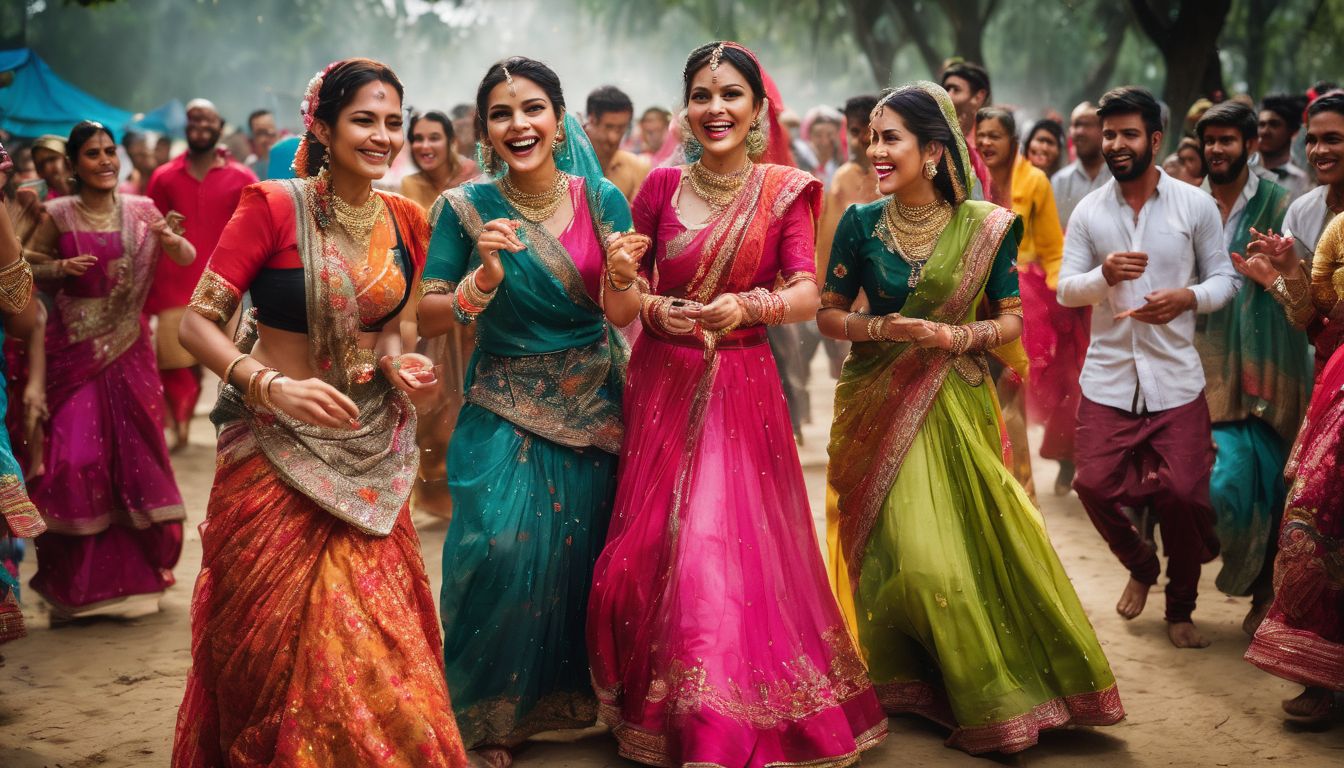
Are you curious about the colorful culture of Bangladesh? Known for its rich heritage and diverse traditions, this Asian country offers a vibrant blend of language, customs, and ceremonies.
This article will dive deep into the heart of Bangladeshi society to unravel its cultural intricacies. Ready for an exciting journey into Bangladesh’s compelling culture? Let’s explore!
Key Takeaways
- Bangladesh is a South Asian country known for its rich cultural heritage and diverse traditions.
- The majority of people in Bangladesh are Muslim, but there are also Hindus, Buddhists, and other religious groups.
- The Bangla language is widely spoken in Bangladesh, but there are also many other languages spoken by smaller ethnic groups.
- Important customs and practices in Bangladesh include daily prayers, fasting during Ramadan, mosque visits, and the celebration of Eid-ul-Fitr and Eid-ul-Adha.
- Traditional festivals in Bangladesh include Eid ul – Fitr, Durga Puja, Pohela Boishakh (Bengali New Year), Independence Day, and Victory Day.
- Gender roles play an important role in Bangladeshi society, with women typically taking care of the home and men as breadwinners. Social hierarchy is present with different social classes having different job opportunities.
- Meeting etiquette includes using the namaste greeting as a sign of respect and dressing modestly. Dining etiquette involves eating to your capacity as a way to show appreciation for the host’s hospitality.
- In business culture, it’s important to respect hierarchies, use proper titles when addressing others, greet with a handshake while maintaining personal space. Dressing conservatively is appreciated along with being aware of religious customs.
Basic Information about Bangladesh
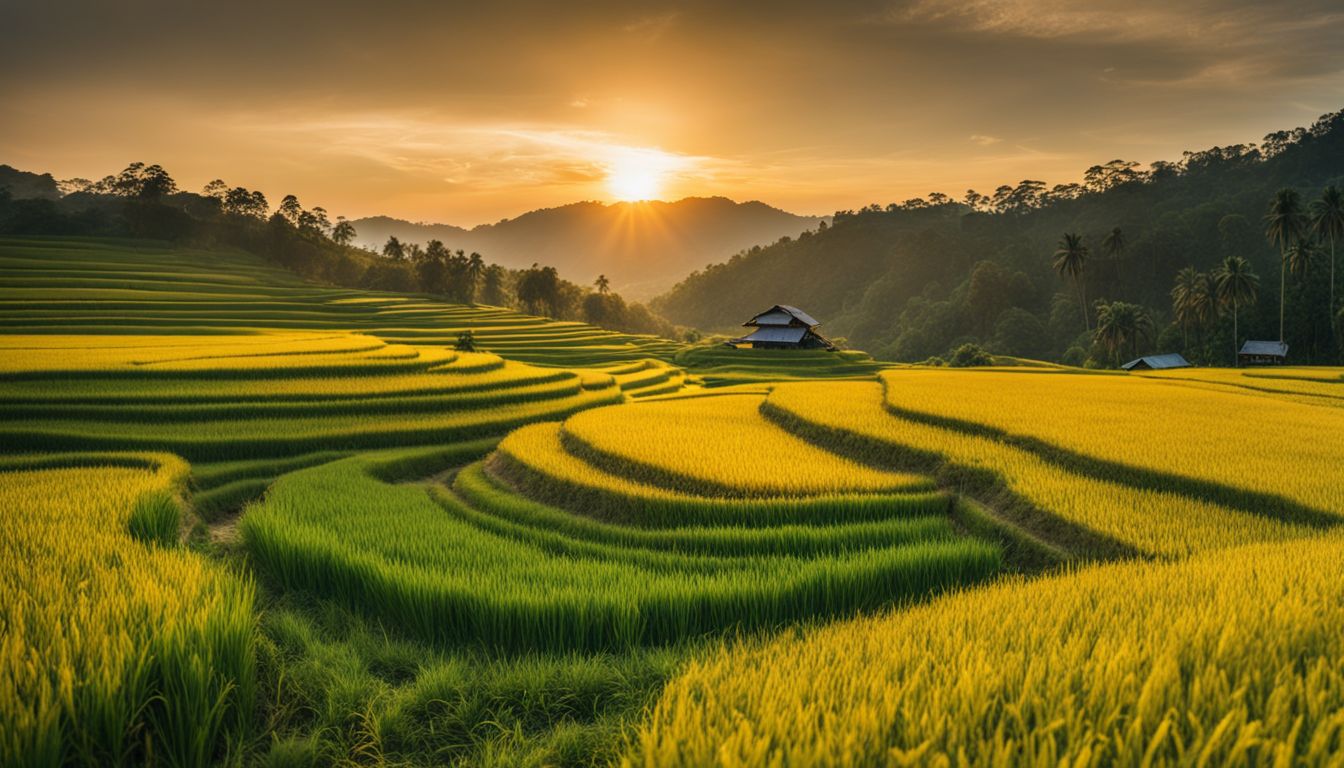
Bangladesh sits in South Asia. It has India on its west and north sides. On the east, it meets Burma. The south side of Bangladesh touches the Bay of Bengal. The land is mostly flat and has a lot of rivers.
This makes it great for growing crops like rice and jute.
Dhaka is the capital city. More than 160 million people live in Bangladesh, making it one of the most crowded places in the world. Most people there are Muslims but some are Hindus too.
They speak Bangla as their first language, which is also known as Bengali.
Ethnic and Linguistic Diversity in Bangladesh
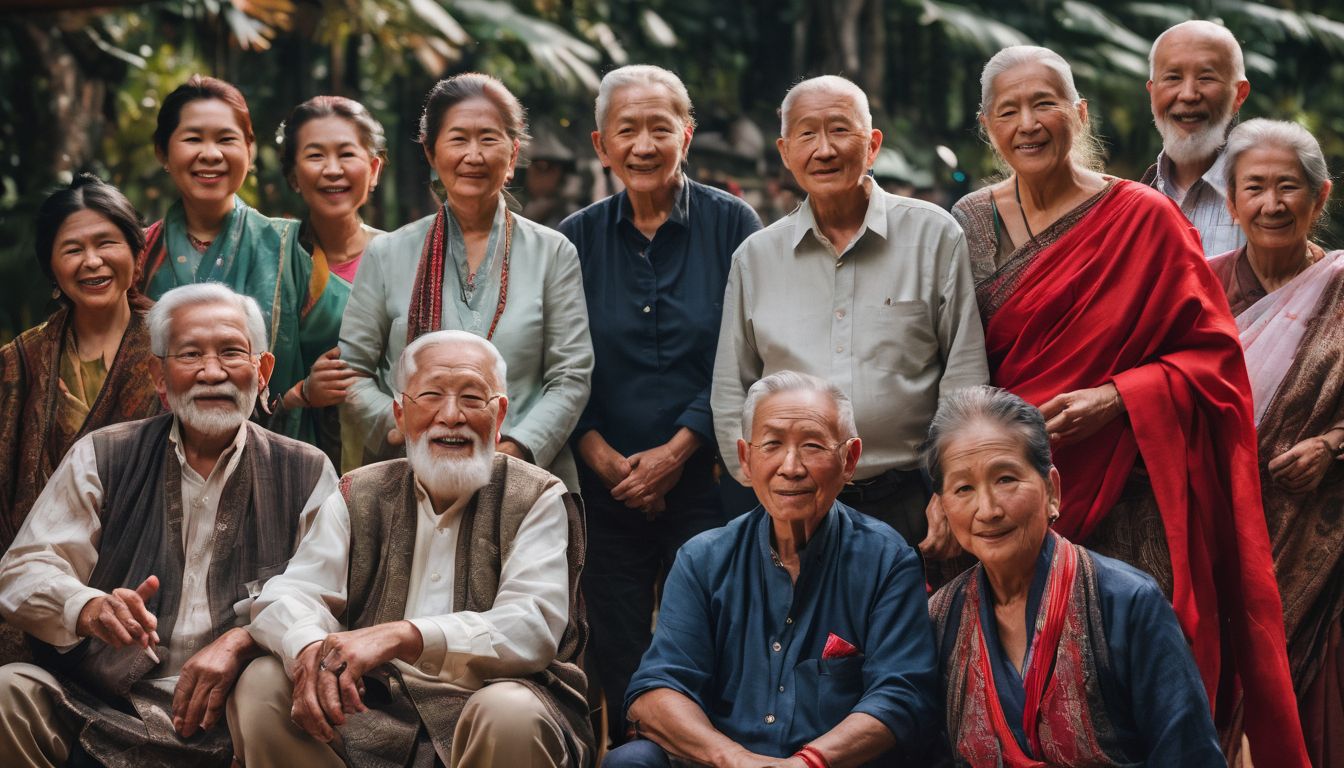
Bangladesh is home to many people. Most of them, over 98%, are Bengali. They all speak the same language, Bangla. But in Bangladesh, you can find more than just one group of people and one language.
There are many smaller groups too! These small groups have their own languages that they speak at home or with friends. In each part of Bangladesh, you may hear a different language being spoken by these groups.
This makes Bangladesh a place full of diverse languages and cultures!
Bangladeshi Cultural Identity
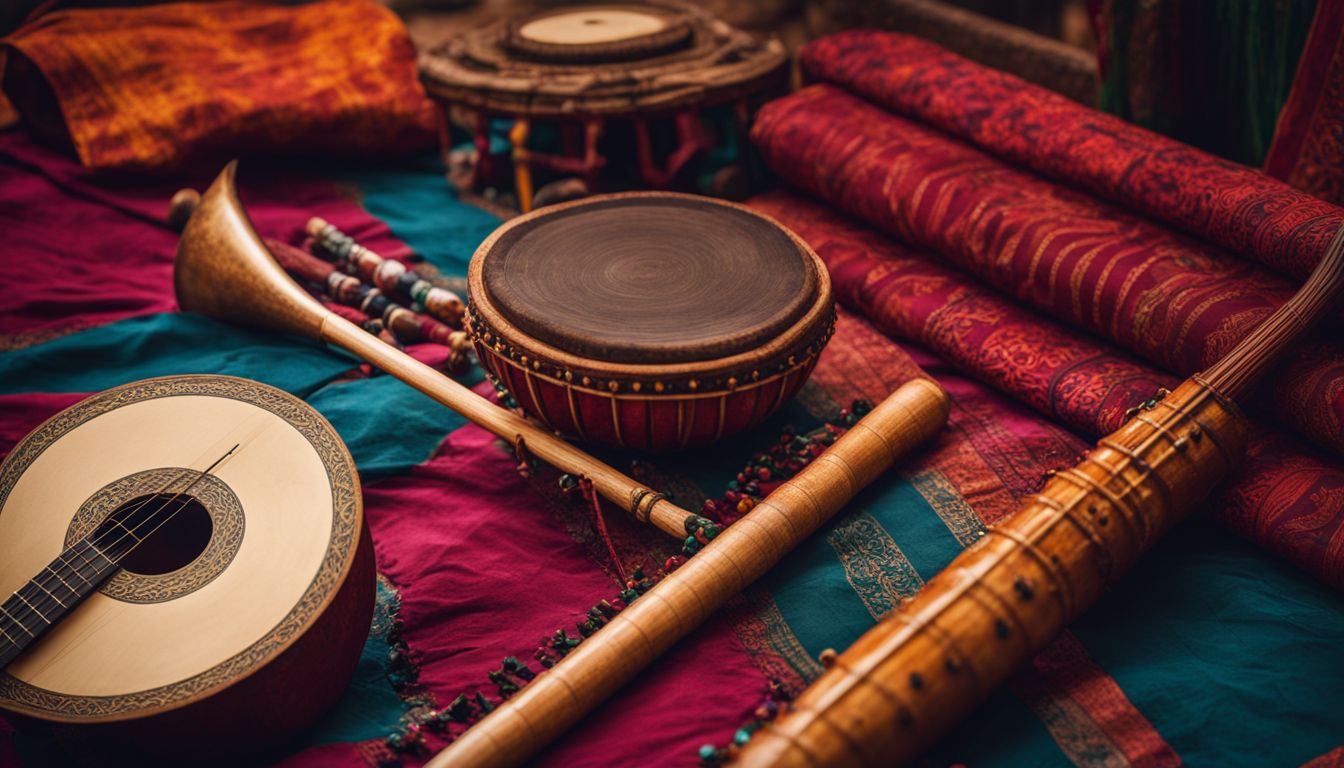
Bangladesh has a special culture. People have used the Bangla language for a long time to bond with each other. This language is very important and it makes people feel like they are part of one big group.
It gives them pride and joy.
People in Bangladesh use their dress to show others who they are. Men, for example, like to wear kurtas or panjabis on special days. Many people practice Islam but there are also many Buddhists and Hindus.
The love for Islam is becoming more clear as part of the culture of Bangladesh every day.
Religion and Customs in Bangladesh
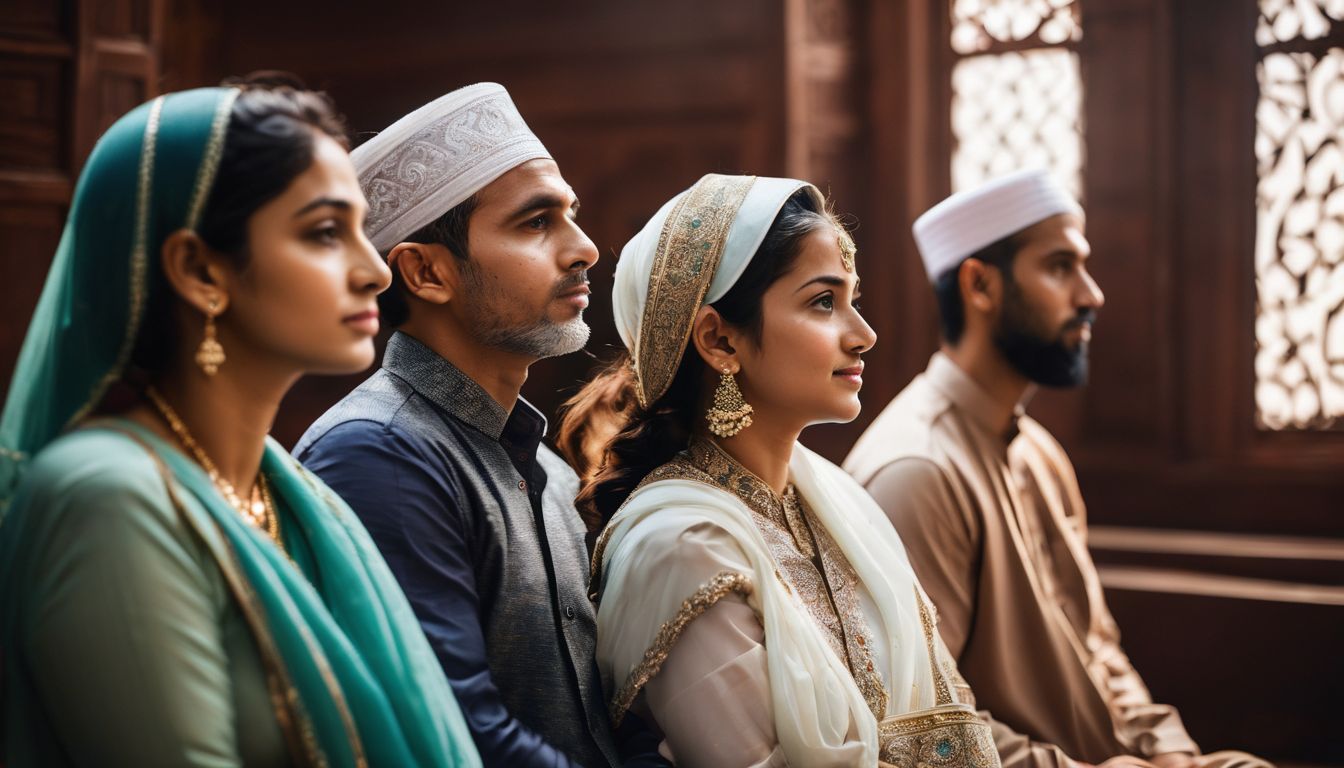
Bangladesh has a diverse religious landscape. The majority of Bangladeshis are Muslim, making Islam the most widespread religion in the country. Hinduism and Buddhism are also popular religions in Bangladesh. Religion plays an important role in the daily lives of Bangladeshis, with symbols and sounds of Islam being integral to their culture. Here are some key customs and practices related to religion in Bangladesh:
- Daily prayers: Muslims in Bangladesh perform five daily prayers, which are observed by both men and women.
- Fasting during Ramadan: During the month of Ramadan, Muslims fast from dawn to sunset as a way of practicing self-discipline and devotion.
- Mosque visits: Mosques are important places of worship for Muslims in Bangladesh, where they come together for congregational prayers and gather for community events.
- Offering namaz: Muslims in Bangladesh offer namaz (prayers) at home or at mosques, following specific rituals and positions such as standing, bowing, prostrating, and sitting.
- Celebration of Eid-ul-Fitr and Eid-ul-Adha: These two Islamic festivals are widely celebrated throughout Bangladesh. During Eid-ul-Fitr, families gather to break their fasts and exchange gifts. Eid-ul-Adha commemorates the willingness of Ibrahim (Abraham) to sacrifice his son as an act of obedience to God.
Important Festivals in Bangladeshi Culture
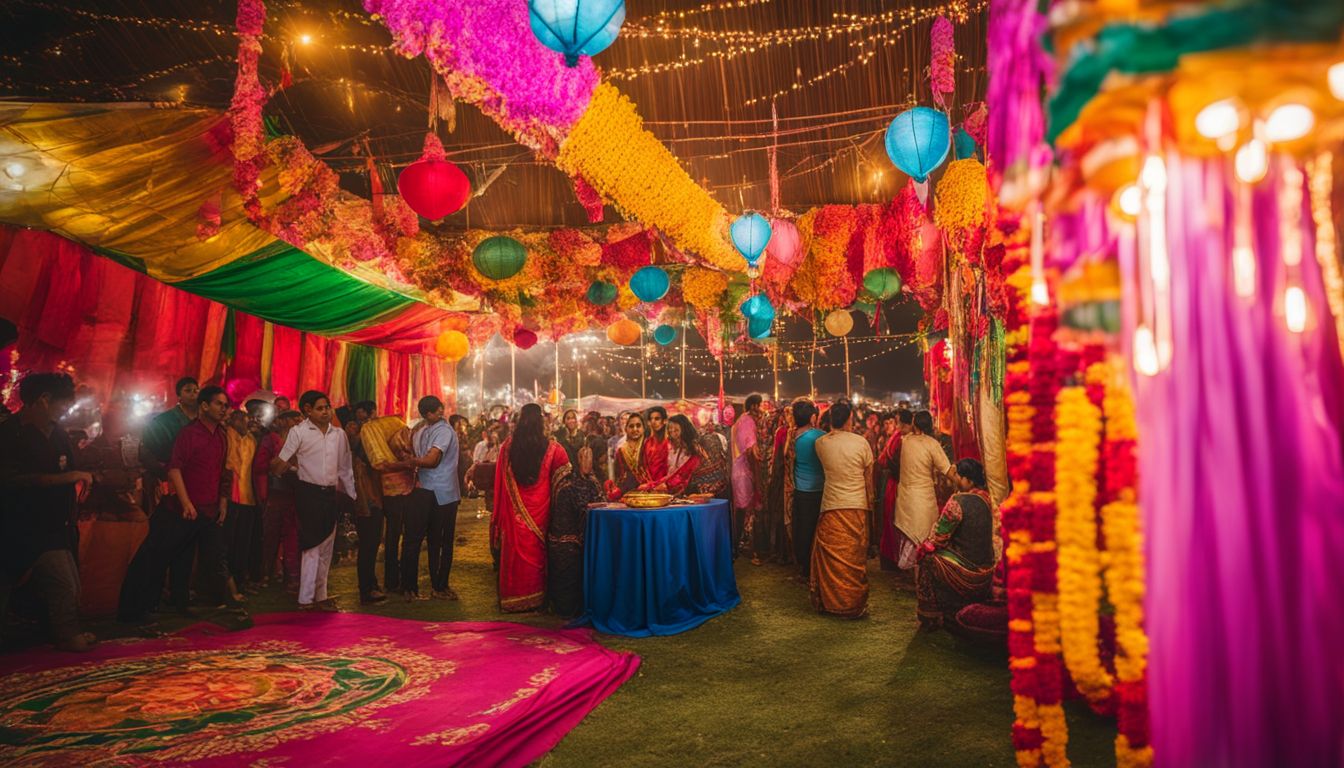
Bangladesh celebrates many important festivals that are a significant part of its culture. These festivals showcase the diversity and traditions of the country. Here are some important festivals in Bangladeshi culture:
- Eid ul-Fitr: A religious festival celebrated by Muslims to mark the end of Ramadan, the holy month of fasting.
- Eid ul-Adha: Also known as “Qurbani Eid,” this festival commemorates the willingness of Ibrahim (Abraham) to sacrifice his son as an act of obedience to God.
- Durga Puja: The biggest festival for the Hindu community in Bangladesh, celebrating the victory of Goddess Durga over evil forces.
- Pohela Boishakh: The Bengali New Year celebration on April 14th, which includes colorful parades, cultural performances, and traditional food.
- Independence Day: Celebrated on March 26th, this day marks Bangladesh’s independence from Pakistan in 1971.
- Victory Day: Observed on December 16th, it honors Bangladesh’s victory in the Liberation War and its transition into an independent nation.
Social Hierarchy and Gender Roles
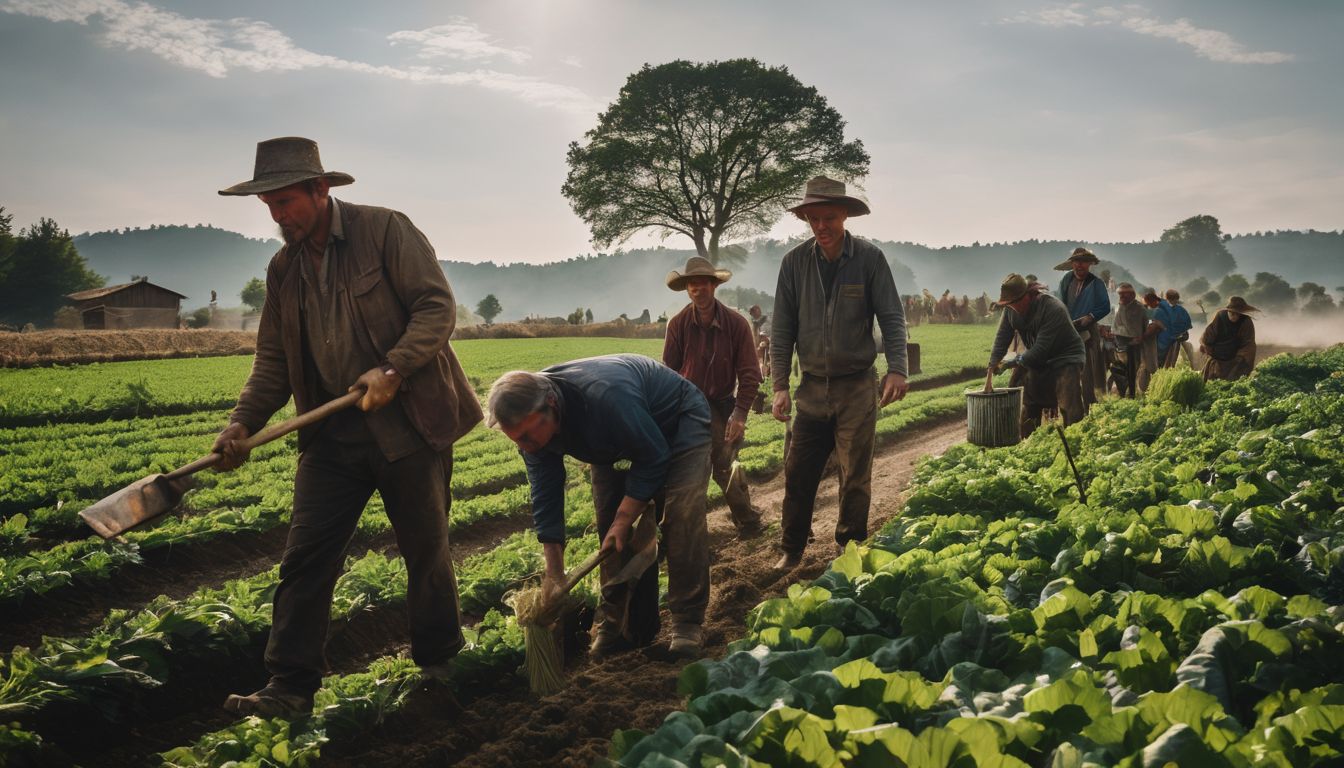
Gender roles and social hierarchy are important aspects of Bangladeshi culture. In Bangladesh, women traditionally have specific roles within the household and society. They are expected to take care of the home, raise children, and fulfill domestic responsibilities.
Men, on the other hand, are typically seen as the breadwinners and often hold positions of authority in both their families and communities.
The social hierarchy in Bangladesh is evident in how labor is divided among different social groups. People from higher social classes tend to have more prestigious jobs while those from lower classes may engage in manual labor or work in agriculture.
This division of labor reflects the unequal distribution of power and resources within society.
It’s worth noting that customs, etiquette, and manners can vary between urban and rural areas in Bangladesh. Urban areas tend to be more modernized and influenced by Western culture, while rural areas maintain a more conservative outlook on gender roles and hierarchy.
Tribal communities also have their own unique customs that differ from mainstream Bangladeshi society.
Understanding these aspects of Bangladeshi culture is crucial for visitors or anyone interested in learning about this vibrant country’s traditions. By recognizing the importance placed on gender roles and social hierarchies, we gain insight into what shapes everyday life for people living there.
Meeting and Greeting Etiquette
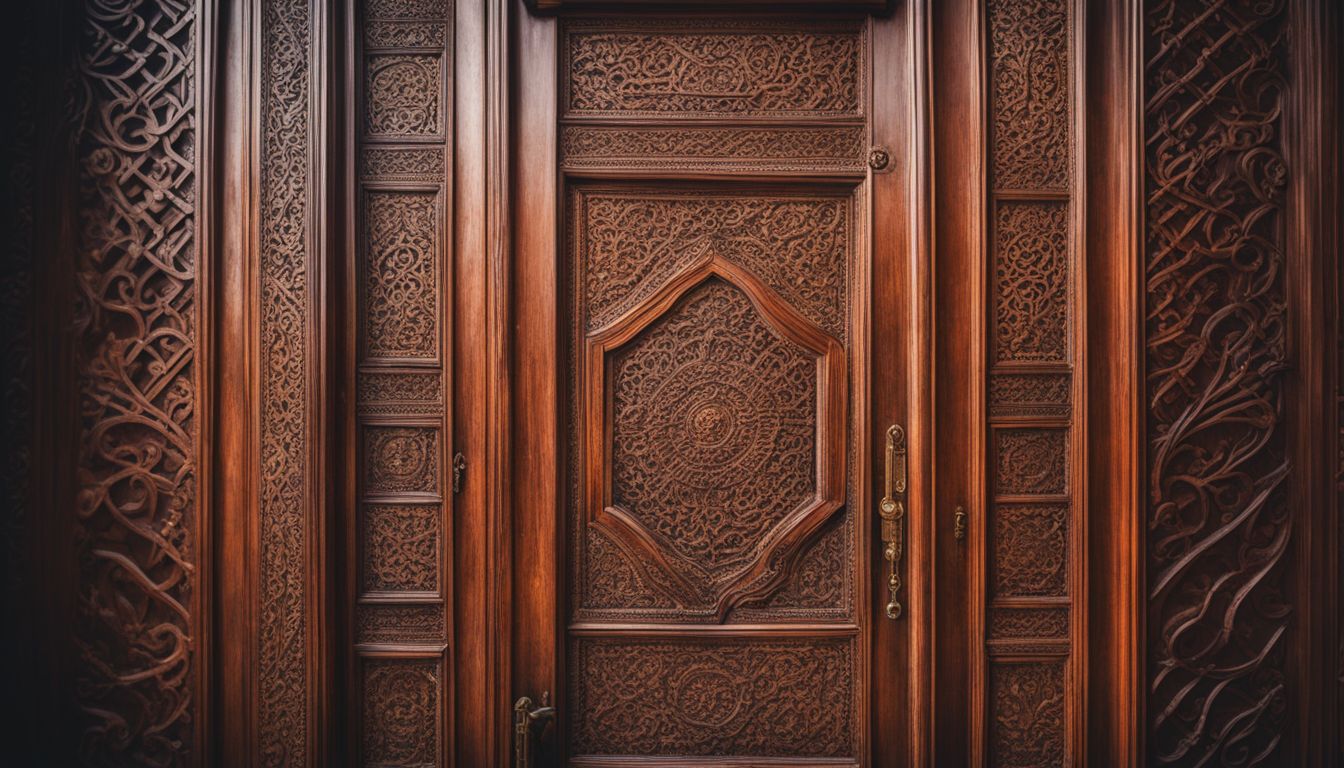
When meeting and greeting someone in Bangladesh, it’s important to follow their customs and traditions. Here are some etiquette tips to keep in mind:
- Use the namaste greeting as a sign of respect.
- Shake hands with men, and give a polite nod to women.
- Remember to use your right hand for most activities, as the left hand is considered unclean.
- Dress modestly and appropriately for the occasion.
- Maintain good eye contact during conversations.
- Avoid using overly personal questions or topics of conversation.
- Be patient and respectful when waiting for others to arrive or start meetings.
- Use formal titles and last names until given permission to use first names.
Traditional Foods and Dining Etiquette
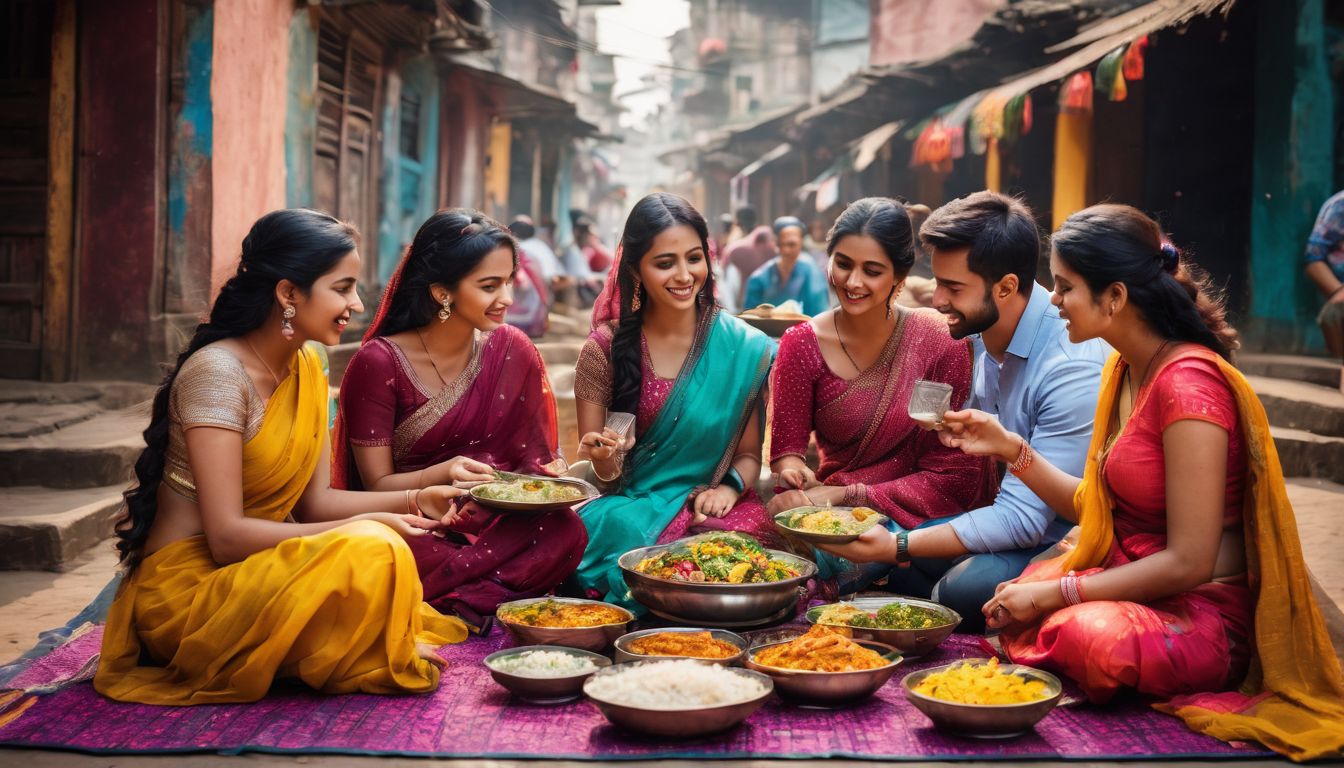
In Bangladesh, you will find a variety of traditional foods that are both delicious and unique. Here are some popular dishes and dining customs in Bangladesh:
- Rice: Rice is the staple food in Bangladesh and is served with various items such as vegetables, fish, meat, eggs, curries, and lentil soups.
- Biryani: Biryani is a rice dish with lamb or beef and a blend of spices. It is commonly served at weddings and other special occasions.
- Fish: Being surrounded by rivers and the Bay of Bengal, fish is an essential part of the Bangladeshi diet. It is prepared in various ways like curry or fried.
- Spices: The Bangladeshi cuisine often includes rich and spicy flavors. Common spices used include cumin, coriander, turmeric, ginger, garlic, and chili peppers.
- Utensils: Traditional Bangladeshi dining etiquette involves using British-style utensils. Hold the spoon in your right hand and the fork in your left hand.
- Eating Etiquette: When you are invited to someone’s home for a meal or attending a formal function in Bangladesh, guests are encouraged to eat to their capacity. It shows appreciation for the host’s hospitality.
- Customs: In formal settings or during festivals, it is customary to sit on mats or low benches while eating. Shoes are usually removed before entering someone’s home.
Business Culture and Etiquette in Bangladesh

Understanding the business culture and etiquette in Bangladesh is crucial for successful interactions. Here are some important points to keep in mind:
- Respect hierarchies: Business interactions in Bangladesh follow a hierarchical structure, so it’s important to show respect to higher-ranking individuals.
- Use proper titles: Use appropriate titles when addressing people, especially in formal settings. Titles such as “Mr.” or “Mrs.” followed by the person’s last name are commonly used.
- Greet with a handshake: When meeting someone for the first time, offer a firm handshake and maintain eye contact. This shows respect and establishes a positive first impression.
- Maintain personal space: In business meetings, it’s important to maintain an arm’s length distance from others. Touching or standing too close may be seen as invasive.
- Be patient and indirect: Bangladeshi culture values politeness and indirect communication. It’s important to be patient during negotiations and avoid being overly assertive or confrontational.
- Avoid public displays of affection: Public displays of affection are not commonly practiced in business settings, so it’s best to refrain from physical contact beyond handshakes.
- Dress conservatively: Dressing modestly, especially for women, is highly appreciated in a business context. Conservative attire such as formal suits or traditional clothing like sarees for women may be appropriate depending on the industry.
- Be mindful of religious customs: Bangladesh is predominantly Muslim, so it’s important to be aware of Islamic customs and practices. For example, avoiding scheduling meetings during prayer times or being sensitive about dietary restrictions during business meals.
Family and Social Dynamics

Family and extended family are really important in Bangladeshi culture. People identify themselves as part of these groups. Gender roles also play a big role in society. Men and women have specific expectations and responsibilities within the family.
Marriage customs are also a significant part of Bangladeshi culture, with traditional practices and rituals being followed during wedding ceremonies.
Conclusion

In conclusion, exploring the vibrant culture of Bangladesh reveals a rich tapestry of language, customs, and traditions. From the diverse ethnic and linguistic diversity to the strong cultural identity rooted in folk traditions, Bangladesh is a country full of unique experiences.
The religious customs, important festivals, social hierarchy, and traditional foods further contribute to its colorful cultural landscape. By understanding these aspects of Bangladeshi culture, we can gain a deeper appreciation for this beautiful forest nation and its people.
FAQs
1. What are the main languages spoken in Bangladesh?
The main languages spoken in Bangladesh are Bengali and English.
2. What are some customs and traditions of Bangladesh?
Some customs and traditions of Bangladesh include celebrating festivals like Eid, wearing traditional clothing such as sarees and lungis, and showing respect to elders by touching their feet.
3. Are there any specific greetings or gestures used in Bangladeshi culture?
Yes, common greetings in Bangladeshi culture include saying “Assalamu Alaikum” (peace be upon you) or “Namaste” when meeting someone. It is also customary to join hands together as a sign of respect.
4. What is an important festival celebrated in Bangladesh?
One important festival celebrated in Bangladesh is called Pohela Boishakh, which marks the first day of the Bengali New Year. It involves colorful parades, music performances, and traditional food.
5. How do people show hospitality in Bangladeshi culture?
People in Bangladeshi culture show hospitality by offering guests tea or food upon arrival, insisting on them accepting multiple servings, and treating guests with utmost respect and kindness during their visit.
